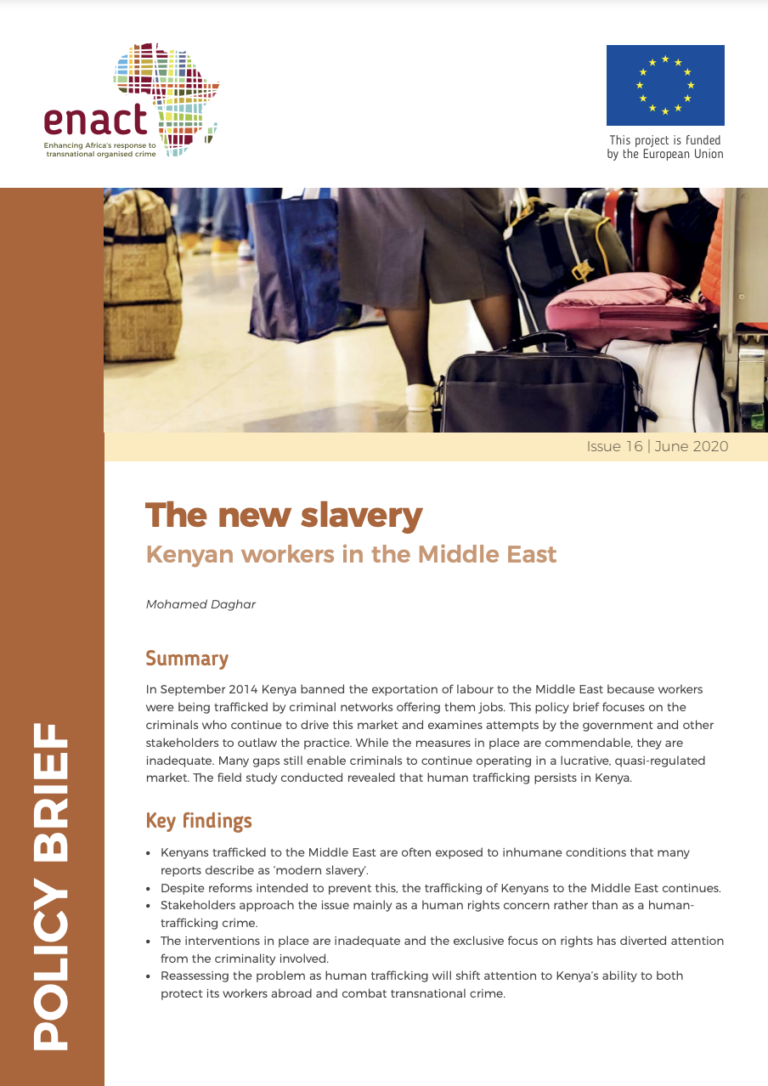Are child domestic workers worse off than their peers? Comparing children in domestic work, child marriage, and kinship care with biological children of household heads: Evidence from Zimbabwe
PublicationsChild domestic work is a hidden form of child labour driven by poverty and social norms. However, little is known about the situations of child domestic workers. This study aims to describe and analyse gender-specific working conditions, health, and...Read More

